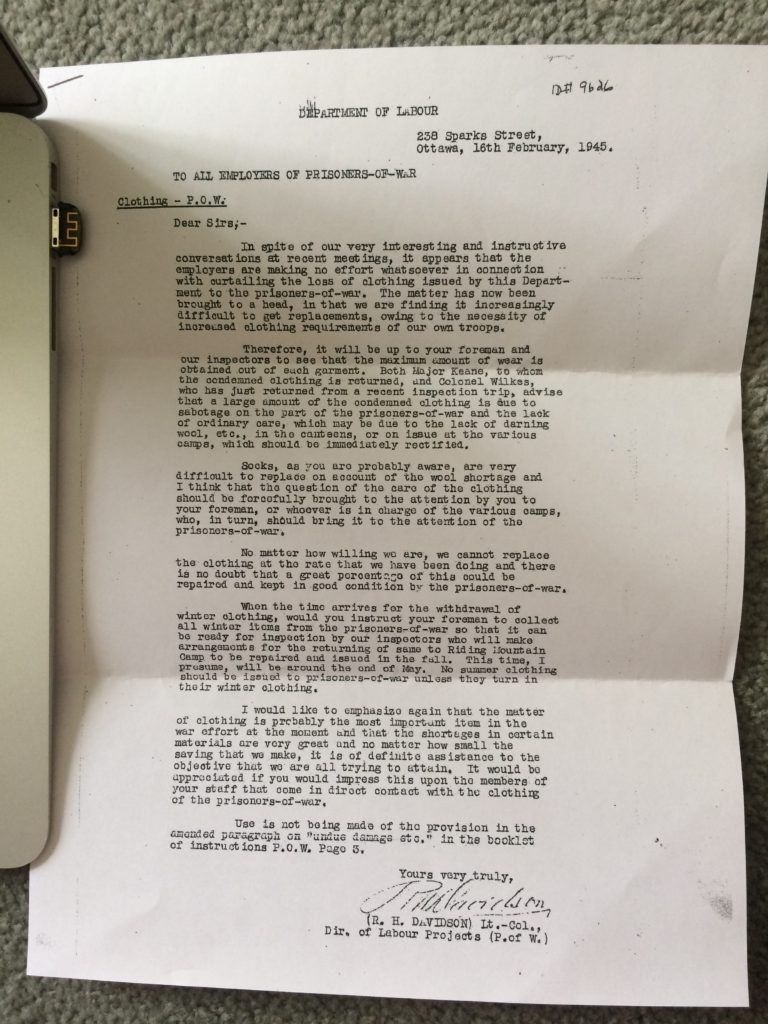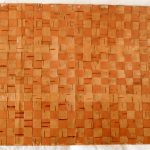It seems a bit odd to combine “archaeology” with the 20th century, but when you see how quickly physical evidence of history can disappear, I understand the need for studying and recording that evidence before it’s gone forever.
As far as I know, the PoW site with the most extensive archaeological work by far is the former Whitewater work camp in Riding Mountain National Park.
Today I came across three online resources that will interest anyone who wants to know more about Whitewater, also called the Riding Mountain camp.
The first is a blog post from Michael O’Hagan in 2013, when he was finishing his Master’s degree and about to start a PhD at the University of Western Ontario. I believe that’s what Michael is doing now (Michael, please feel free to let us know in the comments – it would be great to hear from you). This post is very readable and gives a good introduction to the PoW story in general, as well as some specifics about Whitewater and some nice pictures.
Link: Prisoners in the Park: German PoWs in Riding Mountain National Park
The Friends of Riding Mountain National Park have a website and it shows, among other things, that in 2018 they were offering guided tours of the former PoW site.
Link: Friends of Riding Mountain
Finally I want to mention that Dr. Adrian Myers, PhD, did a comprehensive survey of the Whitewater camp and wrote about it in-depth for his 2013 doctoral thesis at Stanford University. Adrian’s thesis can be found online at “The Archaeology of Reform at a German Prisoner of War Camp in a Canadian National Park during the Second World War (1939–1945)“.
If you search Dr. Myers’ name, you’ll find more from him, including this video about the PoW camp work, from National Geographic.
Having had a look at that video, I recognize the dugout canoe and I’m now going back to edit my earlier post about the dugout canoe in Bob Henderson’s collection. Bob will have to tell me for sure, but it looks like one of the Whitewater creations.
If you find this blog interesting, please leave us a comment.
And, remember, Bob Henderson is still actively collecting! If you want to get in touch with him please do. You can email him at homefront @ sasktel.net. Do not leave any spaces in the address – I just did that to stop robots from spamming Mr. Henderson

